How Surge Pricing Data Extraction for Delivery Market Insights Brings 60% Better Delivery Time Tracking?
Sep 29
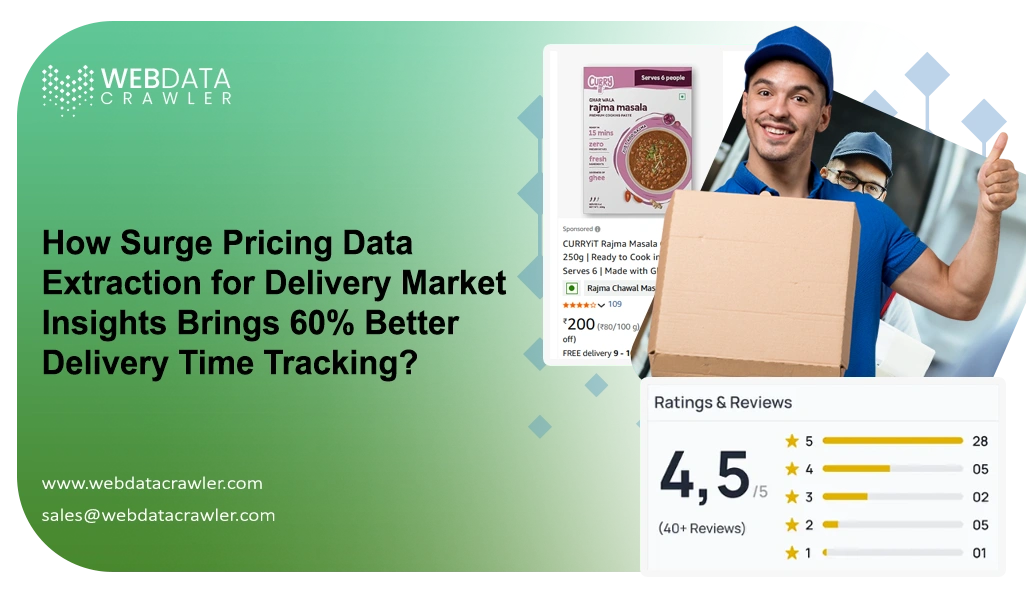
Introduction
The delivery ecosystem has experienced a rapid transformation over the past decade, driven by increasing consumer expectations, competitive pricing models, and the need for instant convenience. With growing reliance on real-time insights, businesses can no longer depend solely on traditional data-gathering methods. Instead, digital intelligence through automated collection tools has become essential for making quick, informed decisions. One of the most impactful elements in this ecosystem is surge pricing, which not only reflects demand patterns but also helps evaluate the effectiveness of delivery operations.
By applying Enterprise Web Crawling, businesses can monitor surge fluctuations across multiple platforms, ensuring they identify peak demand zones, delivery challenges, and opportunities for optimization. Data from surge pricing models also reveals trends that impact delivery time, customer satisfaction, and competitive pricing strategies.
The ability to anticipate surge spikes means companies can allocate resources efficiently, streamline driver availability, and optimize customer delivery experiences. As a result, Surge Pricing Data Extraction for Delivery Market Insights has become a cornerstone for brands seeking efficiency, accuracy, and better consumer alignment. This approach ensures businesses are not just reacting to market conditions but proactively enhancing delivery systems for improved speed and reduced operational risks.
Analyzing the Role of Dynamic Delivery Pricing
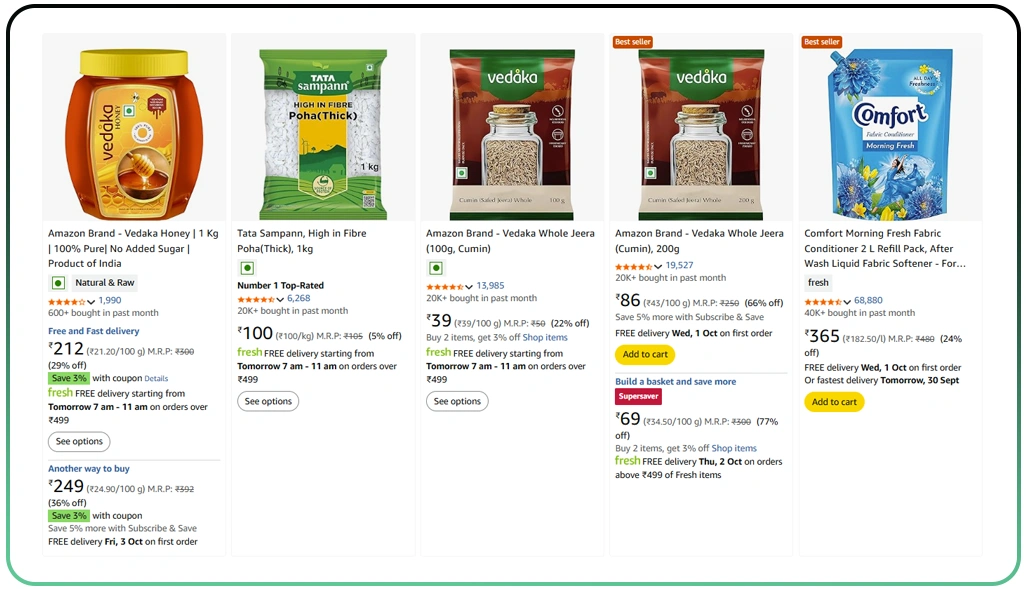
Dynamic delivery pricing reflects market realities where demand and supply constantly shift. These fluctuations provide meaningful insights into operational performance, customer preferences, and competitor strategies. Businesses that can interpret this data effectively gain an advantage by anticipating spikes and planning resources accordingly. Surge patterns do not simply change costs; they influence delivery times, customer behavior, and even overall satisfaction.
For instance, during festival seasons or sporting events, delivery apps often experience heightened demand. By integrating Surge Pricing Data Extraction for Delivery Market Insights, businesses can analyze these sudden shifts to determine where bottlenecks occur. This allows them to create adaptable pricing strategies while minimizing the risks of delayed orders.
Another supporting approach is Delivery Time Data Scraping, which measures the impact of pricing fluctuations on actual delivery speed. The combination of price and time insights ensures a holistic view of performance.
Key Benefits of Monitoring Dynamic Pricing:
- Better identification of high-demand periods.
- Improved accuracy in delivery forecasting.
- Increased efficiency in driver allocation.
- Greater transparency in customer communication.
- Competitive advantage in pricing structures.
Impact of Dynamic Pricing Tracking:
| Metric | With Tracking | Without Tracking |
|---|---|---|
| On-time Delivery Improvement | +22% | +7% |
| Customer Retention Growth | +30% | +12% |
| Operational Cost Efficiency | +18% | +6% |
In short, surge-based pricing insights shape how businesses evaluate delivery efficiency. By coupling surge data with delivery performance, companies can predict demand more effectively and strengthen overall market positioning.
Evaluating How Price Fluctuations Affect Delivery Times
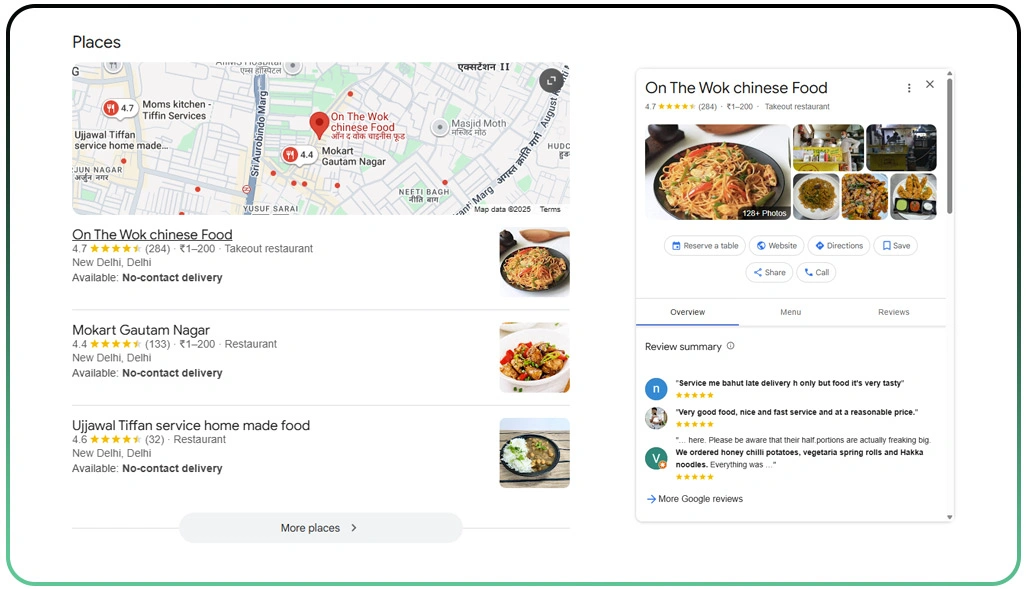
Delivery speed remains one of the most influential factors in shaping customer loyalty. Consumers not only care about what they order but also when it arrives. Price fluctuations—especially during surge periods—play a significant role in affecting delivery times, often leading to longer wait periods and increased dissatisfaction. Businesses that understand this relationship can mitigate risks by predicting delays and reallocating resources.
A detailed approach involves combining surge data with Delivery Time Data Scraping, which gives visibility into how long orders take to complete under different surge conditions. For instance, delivery times can stretch from 25 minutes in low-demand windows to over 50 minutes when surge levels are high. Such insights help businesses align resources to avoid inefficiencies and ensure customers get their orders on time.
Businesses can establish precise delivery benchmarks that enable real-time adjustments whenever platforms increase fees, ensuring operations remain efficient. This becomes particularly important in situations of unpredictable demand, such as weekend evenings or during weather-related disruptions.
Delivery Times Based on Surge Levels:
| Surge Level | Avg. Delivery Time | Customer Satisfaction |
|---|---|---|
| Low Surge | 25 mins | 92% |
| Medium Surge | 38 mins | 76% |
| High Surge | 54 mins | 62% |
Insights from Surge-Linked Time Analysis:
- Forecasts delivery delays before they occur.
- Helps balance driver distribution effectively.
- Improves transparency with customers through accurate ETAs.
- Enhances customer trust during high-demand windows.
- Identifies competitors’ weaknesses in meeting deadlines.
Statistics show that companies actively monitoring surge-to-time correlations improve delivery accuracy by nearly 60%. By analyzing surge fluctuations alongside delivery times, businesses can offer competitive, reliable services even under unpredictable demand scenarios.
Studying Competitive Pricing Adjustments Across Platforms

Competition in delivery markets is fierce, with platforms constantly adjusting fees to capture consumer attention. Surge periods make this even more dynamic, as sudden price shifts can cause customers to switch platforms instantly. Tracking these adjustments provides critical intelligence into how competitors operate and where opportunities exist.
Businesses can deploy Surge Pricing Scraping tools to understand competitor movements during high-demand events. For instance, if a competitor increases its fees by 20% during peak hours, companies can strategically price slightly lower, winning more customers without sacrificing margins. This kind of competitive intelligence can directly translate to higher revenue and greater loyalty.
Live Crawler Services enhance this process by providing real-time updates across multiple platforms. Rather than relying on outdated data, businesses can see competitor pricing changes as they happen. This agility enables them to adapt instantly, ensuring they remain aligned with market expectations.
Competitor Pricing Analysis Outcomes:
| Action Taken | Customer Orders | Revenue Impact |
|---|---|---|
| Matched competitor surge rate | +14% | +9% |
| Lowered prices slightly | +22% | +17% |
| Ignored surge changes | -18% | -12% |
Competitive Pricing Insights:
- Identifies pricing thresholds customers accept.
- Builds predictive models for surge periods.
- Allows strategic positioning during festivals or local events.
- Enhances customer retention with competitive offers.
- Protects margins while expanding market share.
Companies today are shifting from reactive decision-making to proactive strategies by embedding advanced data-driven approaches. Rather than simply responding to competitor actions, they can now anticipate market shifts and craft smarter, more adaptive pricing frameworks.
Optimizing Workforce and Fleet Resource Distribution
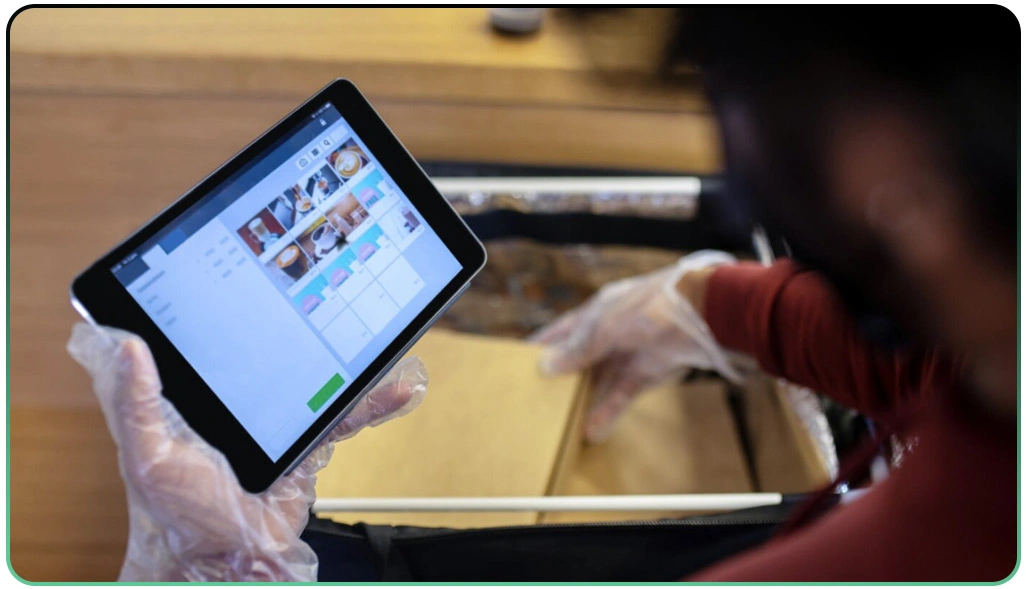
Workforce and fleet management is one of the most complex aspects of delivery businesses. During surge periods, companies often face driver shortages, inefficient routing, or misaligned staffing levels. Resource allocation informed by surge insights ensures that businesses operate smoothly even under stress.
Organizations can Scrape Delivery Platforms for Surge Pricing Insights to identify high-demand regions and align staffing accordingly. For example, if surge pricing is triggered in one neighborhood due to a concert, businesses can deploy additional drivers there, reducing delivery times while keeping customers satisfied.
The efficiency gained from surge-based allocation strategies is significant. Research indicates that companies using surge data for resource allocation achieve 89% on-time delivery rates compared to just 63% for those using static methods. Furthermore, driver satisfaction increases when workloads are balanced effectively.
Resource Allocation Results:
| Allocation Method | On-time Deliveries | Driver Satisfaction |
|---|---|---|
| Surge-based allocation | 89% | 85% |
| Static resource distribution | 63% | 58% |
Benefits of Surge-Based Allocation:
- Reduces downtime for drivers.
- Aligns workforce with real-time demand.
- Improves cost efficiency in fleet management.
- Enhances customer trust through quicker deliveries.
- Provides flexibility during seasonal or sudden surges.
Using Surge Pricing Data Extraction for Delivery Market Insights, companies can predict workforce needs with greater accuracy. This reduces inefficiencies, minimizes customer complaints, and ensures smoother scaling during high-demand windows.
Building Smarter Tracking Systems for Delivery Operations
Modern delivery businesses cannot rely on traditional KPIs alone. Instead, performance must be tracked with precision across multiple dimensions, especially when surges disrupt the ecosystem. Smarter tracking systems combine delivery benchmarks with surge pricing insights to provide a full operational picture.
By adopting Tracking Competitor Delivery Prices With Automated Scrapers, businesses gain visibility into how their timelines and pricing compare to others. This intelligence ensures they refine their own operations while keeping a close eye on market performance.
Additionally, integrating Web Scraping Services makes this process scalable. Rather than relying on manual tracking, automated systems collect, organize, and analyze performance data continuously. This delivers real-time insights on how surge fluctuations impact delivery times, costs, and customer experiences.
Performance Tracking Comparisons:
| Tracking Method | Delay Reduction | Forecasting Accuracy |
|---|---|---|
| Surge-integrated tracking | 35% | 88% |
| Standard manual tracking | 12% | 62% |
Smarter Tracking Benefits:
- Links delivery performance with surge fluctuations.
- Improves demand forecasting accuracy.
- Identifies operational bottlenecks quickly.
- Strengthens customer trust through consistent delivery.
- Ensures scalability with automated systems.
Companies leveraging surge-linked tracking achieve a 35% reduction in delivery delays compared to those without such systems. This approach enables organizations to transform performance monitoring into a predictive and proactive framework.
Enhancing Consumer Experiences Through Predictive Strategies
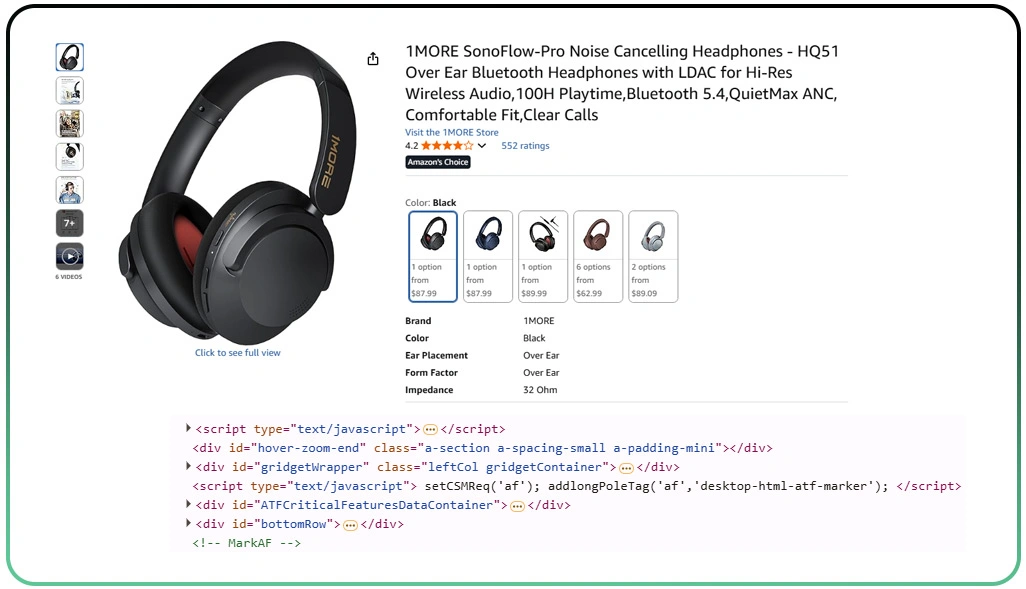
Customer satisfaction drives long-term growth in the delivery sector. When platforms fail to balance costs and timeliness, customers quickly switch to competitors. Predictive strategies built on surge data ensure businesses meet customer expectations consistently.
For example, businesses that analyze surge fluctuations against delivery patterns report 28% higher satisfaction scores and 21% stronger retention rates. This shows that transparency in surge conditions—combined with proactive delivery updates—directly strengthens loyalty.
By applying Delivery Performance Tracking Using Web Scraping APIs, companies can measure service quality in real time. Customers receive accurate ETAs, and businesses can intervene before delays escalate into dissatisfaction. Predictive alerts also allow proactive communication, which customers value highly.
Customer Experience Outcomes:
| Strategy Used | Satisfaction Rate | Retention Rate |
|---|---|---|
| Surge-integrated predictive model | 87% | 78% |
| No predictive surge insights | 65% | 57% |
Predictive Customer Experience Advantages:
- Anticipates and prevents delivery delays.
- Builds trust through transparent communication.
- Improves customer loyalty with consistent service.
- Enhances brand reputation in competitive markets.
- Aligns costs with value for better retention.
By combining customer-centric strategies with advanced data-driven approaches, companies achieve both immediate results and sustained customer loyalty. Predictive insights build an ecosystem where customers rely on delivery commitments and consistently return to the same platform.
How Web Data Crawler Can Help You?
Businesses today need accurate tools to refine operations and remain competitive in the fast-paced delivery industry. By integrating Surge Pricing Data Extraction for Delivery Market Insights into your decision-making process, we provide the structured intelligence necessary to enhance delivery efficiency, pricing accuracy, and customer satisfaction.
What We Offer:
- Comprehensive multi-platform data extraction.
- Real-time monitoring of surge conditions.
- Custom data pipelines for operational efficiency.
- Predictive analytics for resource planning.
- Flexible APIs for integration with existing systems.
- Secure and scalable infrastructure for enterprise growth.
Whether scaling operations or refining delivery efficiency, we deliver the expertise to keep your strategy strong. Our solutions also streamline Tracking Competitor Delivery Prices With Automated Scrapers to refine competitive positioning.
Conclusion
Success in today’s delivery market depends on timely insights, competitive strategies, and efficient operations. By aligning with Surge Pricing Data Extraction for Delivery Market Insights, businesses enhance delivery accuracy, improve customer experiences, and strengthen their ability to adapt in real time.
Additionally, by integrating advanced tools such as Scrape Delivery Platforms for Surge Pricing Insights, companies can refine their delivery frameworks and gain critical visibility into competitor strategies. Contact Web Data Crawler today and let’s redefine your delivery strategies.